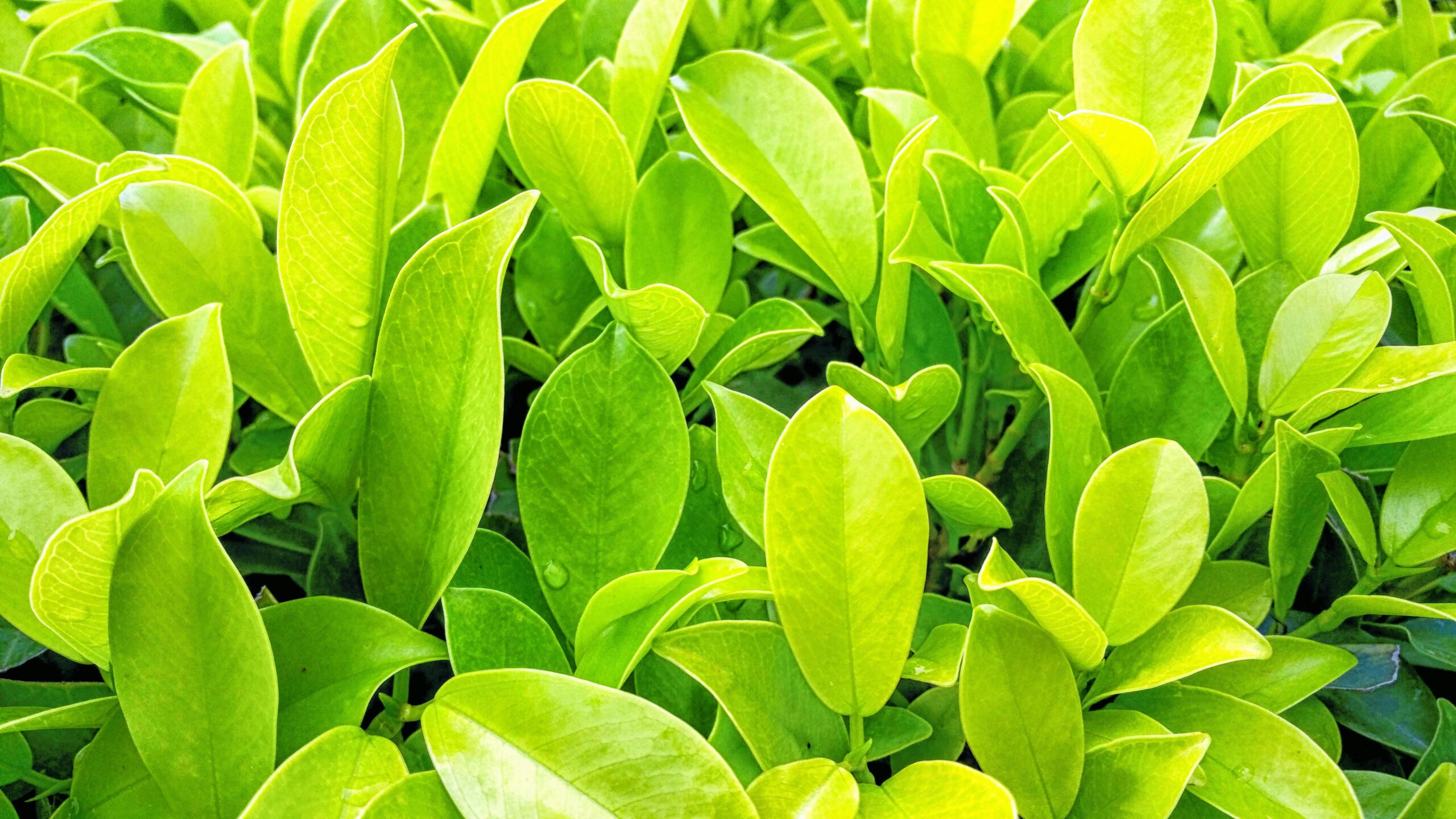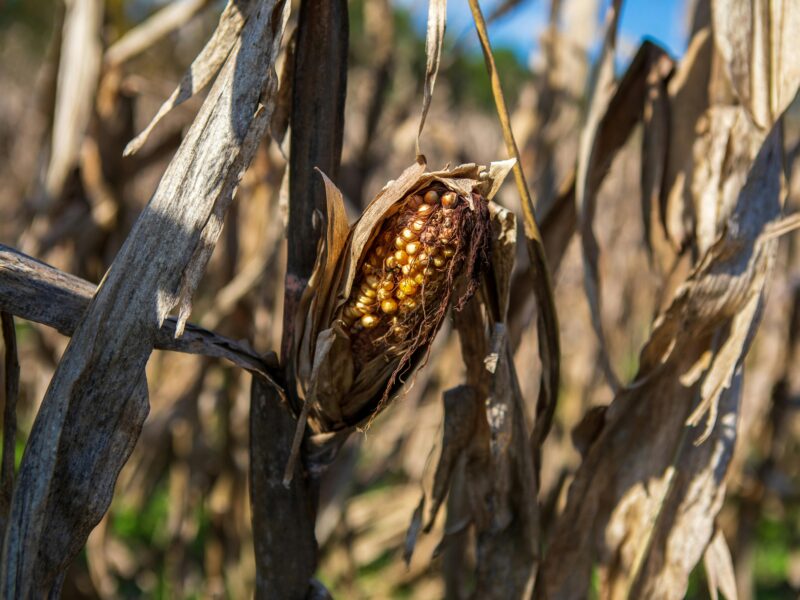In a world where climate change and habitat loss are increasingly threatening biodiversity, creating an eco-friendly garden using native plants is one of the most impactful things we can do to support local wildlife. Native plants are the foundation of any healthy ecosystem. They provide food, shelter, and breeding grounds for a wide range of insects, birds, and other animals. Unlike exotic or non-native plants, natives are perfectly adapted to local climates, soils, and wildlife, making them a low-maintenance and sustainable choice for gardeners. In this guide, we’ll explore the benefits of using native plants in your garden, how to choose the right plants for your area, and practical steps for building a garden that promotes a greener future.
Why Choose Native Plants?
Native plants are those that have naturally evolved in a region over thousands of years, forming complex relationships with the local environment, insects, and animals. Here are some compelling reasons to incorporate native plants into your garden:
- Supports Local Wildlife: Native plants provide essential resources such as nectar, seeds, and habitat for local wildlife. Pollinators like bees, butterflies, and birds are particularly dependent on native plants for survival.
- Low Maintenance and Cost-Effective: Because they are adapted to the local climate and soil, native plants require less water, fertilizer, and pesticides. This means less work for you and lower costs for maintenance.
- Promotes Biodiversity: Planting a variety of native species encourages a diverse range of insects and animals, creating a balanced ecosystem. This helps control pests naturally and supports a resilient garden.
- Improves Soil Health: Native plants often have deep root systems that help prevent soil erosion, improve soil structure, and increase water retention.
- Reduces the Spread of Invasive Species: Non-native plants can sometimes become invasive, outcompeting local flora and disrupting ecosystems. Using native plants helps maintain the natural balance.
How to Choose the Right Native Plants for Your Garden
Selecting the right native plants for your garden involves understanding your local ecosystem, climate, and soil conditions. Here are some steps to guide you:
- Research Local Plant Species: Start by researching native plants in your region. Local botanical gardens, native plant societies, and agricultural extension offices are valuable resources. Websites like the Native Plant Finder by the National Wildlife Federation or Audubon’s Native Plants Database can also help you find plants specific to your area.
- Understand Your Garden Conditions: Assess the specific conditions in your garden, including sunlight, soil type, moisture levels, and space. Different native plants will thrive in different microenvironments, so it’s crucial to match plants to the conditions they prefer.
- Choose a Variety of Plants: To support a wide range of wildlife, choose a diverse mix of native plants that provide food, shelter, and nesting sites. Include a mix of trees, shrubs, perennials, and groundcovers that bloom at different times of the year to provide continuous resources.
- Consider Plant Structure and Layers: Think about the vertical layers of your garden—groundcovers, herbaceous plants, shrubs, and trees. This variety creates different habitats and attracts various species of wildlife.
Top Native Plant Choices for Eco-Friendly Gardens
Here are some examples of native plants that are popular across various regions in North America, along with their benefits for local wildlife:
1. Milkweed (Asclepias spp.)
- Benefits: Milkweed is crucial for monarch butterflies, serving as the only host plant for monarch caterpillars. It also provides nectar for other pollinators.
- Varieties: Common milkweed (Asclepias syriaca), butterfly weed (Asclepias tuberosa), and swamp milkweed (Asclepias incarnata) are all excellent choices.
- Growing Conditions: Full sun to partial shade; well-drained to moist soil.
2. Coneflowers (Echinacea spp.)
- Benefits: Coneflowers attract a variety of pollinators, including bees and butterflies. The seed heads also provide food for birds in the fall and winter.
- Varieties: Purple coneflower (Echinacea purpurea) is one of the most widely grown and hardy species.
- Growing Conditions: Full sun; well-drained soil.
3. Black-Eyed Susan (Rudbeckia hirta)
- Benefits: Black-eyed Susans are a favorite of butterflies, bees, and other pollinators. The seed heads attract songbirds like goldfinches.
- Growing Conditions: Full sun to partial shade; well-drained soil.
4. Serviceberry (Amelanchier spp.)
- Benefits: Serviceberry trees provide nectar in the spring, berries for birds and mammals in the summer, and stunning fall foliage. They are also a host plant for several butterfly species.
- Growing Conditions: Full sun to partial shade; well-drained soil.
5. Goldenrod (Solidago spp.)
- Benefits: Goldenrod is a late-season bloomer that provides crucial nectar and pollen for bees, butterflies, and other pollinators when few other plants are blooming.
- Growing Conditions: Full sun; well-drained soil.
6. New England Aster (Symphyotrichum novae-angliae)
- Benefits: This late-blooming perennial is an important food source for migrating monarchs and other pollinators. It also provides seeds for birds.
- Growing Conditions: Full sun; moist, well-drained soil.
Designing an Eco-Friendly Native Plant Garden
Creating an eco-friendly garden with native plants involves thoughtful planning and design to mimic natural habitats and maximize benefits for wildlife.
- Create Diverse Plant Layers: Incorporate trees, shrubs, perennials, and groundcovers to create a variety of habitats. For example, a combination of canopy trees like oak or maple, understory shrubs like serviceberry or spicebush, and groundcovers like wild ginger or ferns provides food and shelter for a wide range of species.
- Plant in Clusters: Grouping plants of the same species together makes it easier for pollinators to find and feed on them. This also creates a more natural look and allows plants to support each other.
- Provide Water Sources: Include a birdbath, small pond, or water feature to provide a water source for wildlife. Ensure water sources are clean and refreshed regularly.
- Minimize Lawn Space: Lawns are resource-intensive and provide little value to wildlife. Replace sections of your lawn with native plant beds, wildflower meadows, or groundcovers that provide habitat and food for wildlife.
- Use Organic and Sustainable Practices: Avoid chemical fertilizers and pesticides, which can harm beneficial insects and contaminate soil and water. Instead, use organic compost, mulch, and natural pest control methods.
- Incorporate Dead Wood and Leaf Litter: Dead wood and leaf litter provide habitats for insects, fungi, and small animals. Leave some logs, branches, or leaf piles in less visible areas of your garden to support these vital creatures.
Maintaining Your Native Plant Garden
Once your garden is established, ongoing care and maintenance will help it thrive and continue to support wildlife:
- Monitor and Water Young Plants: Newly planted native plants need regular watering until they are established. Once mature, they will require less water, relying more on natural rainfall.
- Weed Carefully: Remove invasive weeds that can compete with native plants, but leave beneficial plants that provide habitat and food for wildlife.
- Prune Strategically: Prune trees and shrubs to maintain shape and health but leave some dead branches for bird perches and insect habitats.
- Leave Some Areas Undisturbed: Avoid excessive cleanup in the fall. Leaving seed heads, stems, and leaf litter provides winter food and shelter for birds and insects.
Building an eco-friendly garden with native plants is a rewarding endeavor that not only enhances the beauty of your space but also contributes to the health of the environment. By choosing native plants, designing with biodiversity in mind, and practicing sustainable gardening techniques, you can create a thriving habitat for local wildlife and enjoy a garden that is in harmony with nature. Remember, every plant you add to your garden has the potential to make a positive impact. Start small, plan thoughtfully, and watch as your garden becomes a haven for wildlife and a source of joy for years to come. Happy gardening!


